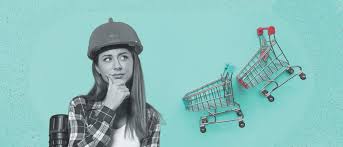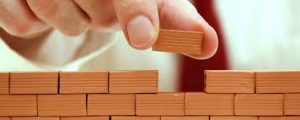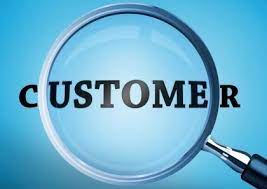Every business revolves around a product; even if you offer a service, it is your product. Common sense points to the fact that you need a great product, not just great branding, and marketing, to build a great company. As David Ogilvy said, “Great marketing only makes a bad product fail faster.”
Most business decisions will be tied to creating the product, improving the product, or even launching new products, and you often want to get the product done right. But before looking for how to get the product right, you should contact the right market.
What is the right product? What does the customer really want?
Researchers have suggested that the consumer is mainly indecisive, so carrying out a survey to know what a customer would like to see in the product would likely keep you running in circles.
A customer could decide today that his ideal bank takes no charges and then change his mind tomorrow to say that his perfect bank resolves every complaint within seconds. How do you determine the right product since the customer does not know what he wants? It is by testing customer behaviors. This should take your product development through four stages.

Ideate: This starts when you have an idea for a product. It could be that you are in a related business and observed a need, or you did a market survey to identify a condition people are willing to pay to solve. You also develop the template of a product or service that you think will solve the problem.
Build: Now, you move from the product to building what some might call the Minimum Viable Product (MVP). This product is based on your idea.
Test: Now, you do a mini-launch to test the product and see how the users respond to it.
This is where you try all the assumptions upon which you built a product in the first place. You could have created an app to help homemakers draw up a housekeeping list based on the assumption that they consider it a herculean task; in this testing stage, you will see how they respond to your product and if they are willing to pay for premium features.
If you have developed a waiting list in the idea stage, it will come in handy in this stage. At this time, you are not just trying to test if the customer ‘can’ use the product, but if the customer ‘would use the product.
Measure: at this point, you measure the findings of your tests. You may discard all the earlier assumptions and develop a new list of hypotheses. Based on this, you go back to the idea stage and improve on the product.

Great products are a product of years of going over and over this cycle. So Product development never really ends. This is why you must continually update most apps on your phone to get the new features from the producers.
Ultimately, your goal is to give the users a memorable experience that they would be willing to pay to call again.
There are rules for building a product, but you want to get through the stages as fast as possible. The problem is that most people remain at the idea stage for years.
Some others ideate and build but never measure or test, yet they expect the market to swallow the product’s hook, line, and sinker. Intuition may be helpful at times, but it is never enough.


